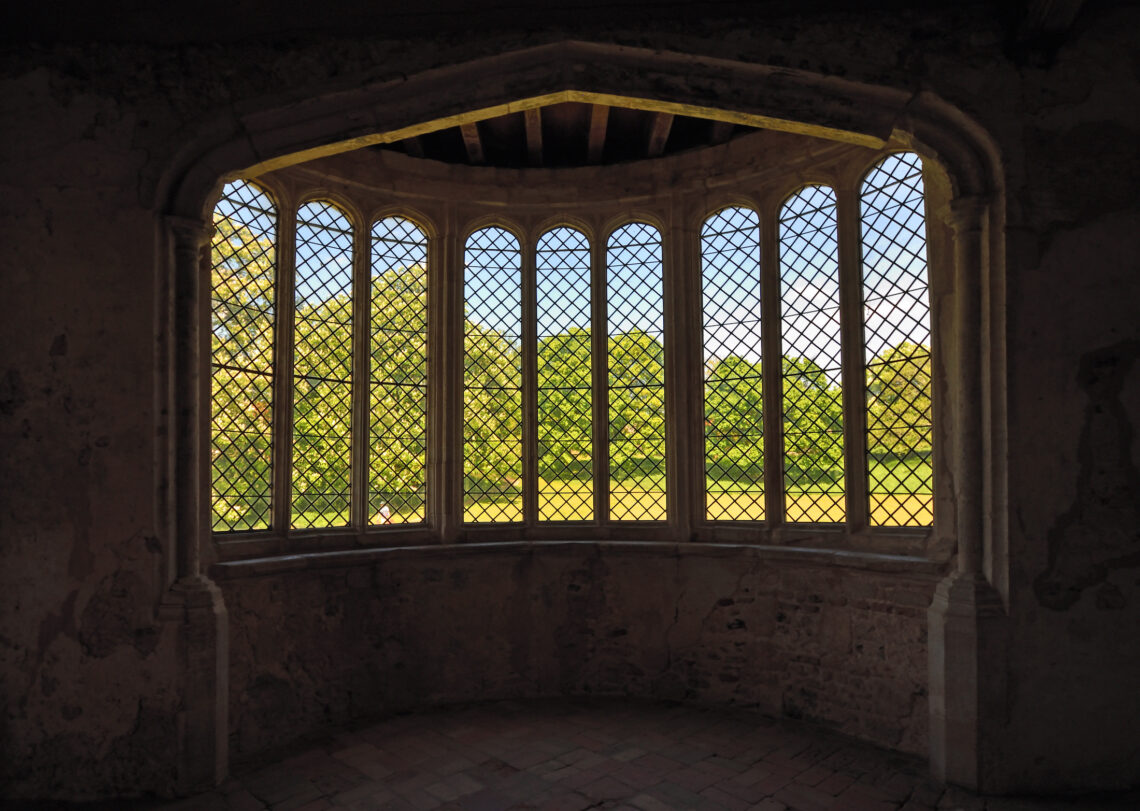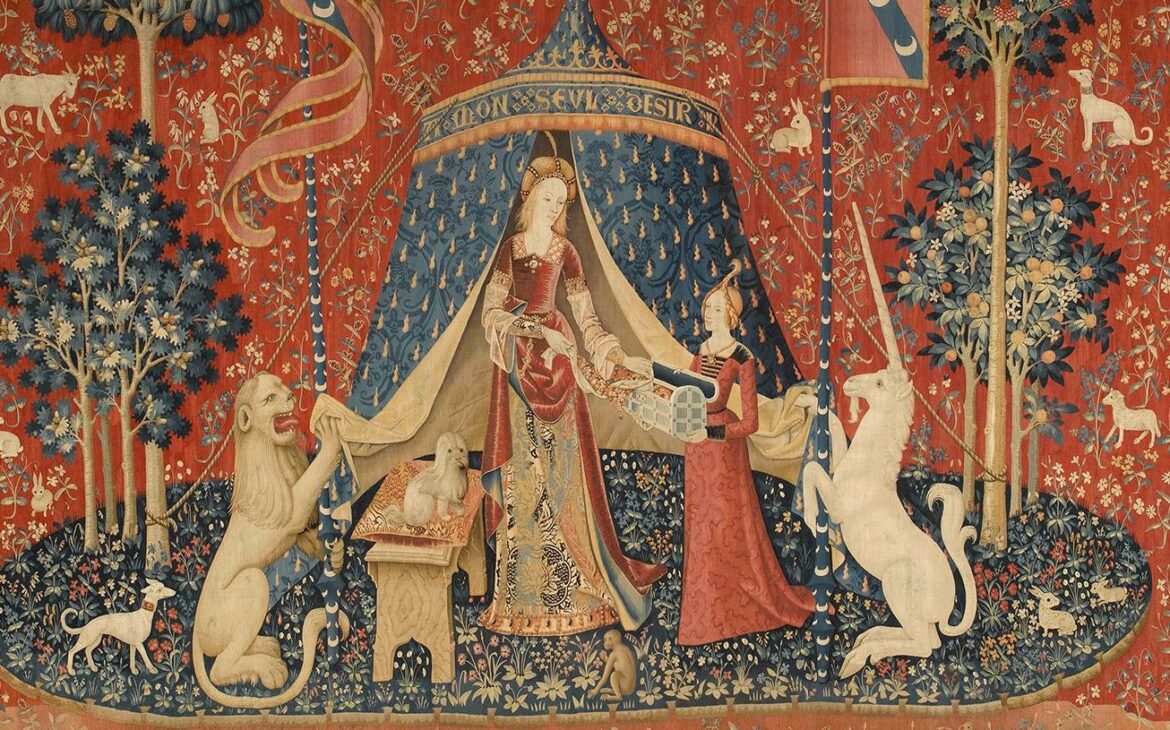
The Story of How I Got Literary Representation
How it Started
In 2008, I finished writing what I considered my first publishable book. It was a steampunk fantasy called The Aldersgate and, as was all the rage at the time, I did a podcast of the book. I met a lot of great people, and a Big Six editor even asked for the manuscript (to my knowledge, she still has it, 13 years later–I’m going to guess it’s a pass).
This book was never published traditionally, but it did open my eyes into a world I had no idea existed: the world of literary representation. In those heady first days of my writing career, I was completely overwhelmed by the concept, but as I tend to do, I just dug right in and started the work.
I remember, vividly, sitting on my couch on my 29th birthday, while my three year old spun circles in piles of laundry, getting my first agent rejections. There were some close calls, then, and invites to submit again, but life took a very sharp turn in a number of ways and I knew that I just couldn’t balance “writing career” with “breadwinner” and (I would later learn ) helping to raise a special needs child. I later tried unsuccessfully to query Indigo & Ink, the spiritual successor to The Aldersgate, but that went nowhere.
In 2011, I published my first novel, Pilgrim of the Sky. Then I had a baby. And my son was diagnosed with autism.
Between 2012 and 2016, I didn’t query agents. I didn’t write much, either. Weird how those two things were related. I had another child, endured a very challenging pregnancy, and spent years working through our son’s diagnosis. I worked jobs where I’d get home and feel so exhausted I’d tell Michael it felt “like rats had been chewing at my frontal lobe.” I wasn’t that far off, actually. I’d been living and working through all of this with undiagnosed ADHD.
What did I do? I focused on writing. I wrote a lot after 2016, and most of it is what you see in Wothwood, These Marvelous Beasts and the forthcoming Gods of Londinium. I got back into working with great editors, found a community of misfits, rediscovered my love of deadlines and processes, and concentrated on getting the work done.
In 2018/2019, I finally finished Glassmere, the book I’d been hacking away on since 2010, about two sisters in the Edwardian era who find a Narnia-like world that has been ruined by their own grandmother and great-aunt. I got so close querying with this book, y’all. But ultimately, not enough to get me representation.
2020 Was the Weirdest
In early 2020, I sent my languishing Arthurian novel, Queen of None, to Vernacular Books and that… well, that all went really well. For the first time, I published a book that picked up accolades right and left. If I had any doubt that I could write a book that people would enjoy, well, they were thankfully allayed. I’m happily writing the sequel right now and can’t say enough good things about Eric and Joe and the team at Vernacular.
But what came next? Even before Bridgerton was on everyone’s radar, I had a dream about a book. Yup, a dream (I know, who’s writing this plot line?). I saw this super vivid scene of a Regency-era woman, dressed in tailored men’s attire, looking out over a misty landscape to another house with a mossy roof down a slope. The house she was in was a sprawling Tudor style manor, and the windows were diamond shapes, but dirty.
The woman was named Edith, and I knew she was a witch–not just any witch, but a gentlewitch. I knew the woman she’d fall in love with was in the house down the slope–but neither she, nor the young woman (who I’d later learned was named Poppy), had any idea.
I happened to Tweet about this idea, and the reaction was… intense. So I hit the pavement and wrote feverishly from September to February. The book seemed to fall out of the sky and onto my keyboard. I didn’t get stuck. I didn’t get lost. It felt more like I was watching things happen than creating the story. The book became Netherford Hall. Netherford itself is a play on Mr. Bingley’s Netherfield, and the story is indebted to both Pride and Prejudice as well as bits of Northanger Abbey.
Then, because I am impulsive, I did a little #SFFPit to hone my pitch and I had a pretty good response. Nothing materialized, but I knew I was onto something.
Instead of the approach I did last time with my querying–which was ordered and methodical–I decided instead to follow the #MSWL hashtag and just see if things popped up that were top of mind for agents and just send out as I saw fit. One agent said she liked haunted house stories. Well, I can’t say that Netherford Hall is just about a haunted house, but I mean… depends on your definition of haunting. Hedging my bets, I sent along the synopsis and the query (oh god she made me do a synopsis, but whatever, I did it).
At this point I’d had some feedback. Had quite a few full requests. Had some polite “not for me” and some nebulous responses. The “I enjoyed this but I wasn’t in love with it.” The “please think of me for your next book.” It was starting to feel really familiar, again.
Oh, So This is Rock Bottom
Then, about a month ago, I had a rejection that just took the wind out of me. Looking back, I know why–and it really wasn’t about the rejection itself. It was everything. Sometimes the timing is good–sometimes it’s just too much. I’d overexerted myself. The strain of the pandemic coupled with home stress, two back-to-back writing events on top of my very busy work schedule… well, I had a dark night of the soul. Just like in the stories.
I’m not a crier. I’m stubborn as heck. I don’t give up. But I do, every now and again, hit a wall. Reader, I cried myself to sleep. I was just so frustrated, so angry, and I felt so alone. I was so tired of coming up time and again within striking distance, just to be turned away. It felt personal, even though it wasn’t.
The next day, though, I decided I was just going to go for an epic hike. The kind where I tell my husband I’m not sure when I’m coming back. And I did. I hiked the hell out of that morning.
When I got back home, I opened up my email to find that one of the agents–the one who liked haunted house stories–who had Netherford Hall wrote back and said, “I finished Netherford Hall… and I just can’t stop thinking about it.”
… I mean?
The rest, as they say, is history.
How It’s Going
Why am I writing this down? Well, first, this is the abridged version, just the highlights, to give you a general rundown of the scope of this kind of thing. There’s a lot of mythologizing the agent search, and it really is just a process. Secondly, you can see there isn’t a magic bullet. I had good references early on in my career–I had some good references recently. I had great reviews; I sold books. I did a media tour once. I was active on social media. I attended conferences. I did as much as I could with what I had.
That can be helpful, of course. But, ultimately, I found my agent in the slush pile. Stacey and I connected on so much more than the book. We talked for an hour and a half straight. We share a mutual love of archaeology and oft-maligned animals (like baby skunks).
Publishing is not a forgiving industry. And there is no alchemical how-to. If I hadn’t been looking at the #MSWL that moment a month ago, I might have missed Stacey’s tweet. If I hadn’t had that dream, I might not have written Netherford Hall. If I hadn’t had so many other rejections before, I might not have even written this book. If I didn’t have such an incredible group of writing friends and colleagues, I might have given up a long time ago.
The only advice I can give at this point is to double down on what brings you joy. Fight for what you believe in. It’s been a decade in the making for me, and I’ve seen trends come and go–but what doesn’t diminish is passion. Write your stories. Write the hell out of them. Yes, query letters and comps and synopses are important–but the book is what you’re selling. Focus on that.
And be kind. Gosh, kindness gives you strength, both when given and received. Be kind to yourself, and be kind to your fellow authors. I’ve had friends reach out in ways that kept me going when I didn’t think I could.
So, here we are. A decade after I started. Two months before my 40th birthday. A writing career is not a single thread, but a tapestry. Every one is unique. And most of it is freehand. You can’t replicate it exactly. You can try, but sometimes it’s more exhausting trying to copy it than it would be to make your own design.
Now the work begins.
(And just so you know, after I signed the contract with my agency yesterday I got another agent rejection in my email. I expect quite a few more. Just to keep me humble.)







One Comment
Pingback: